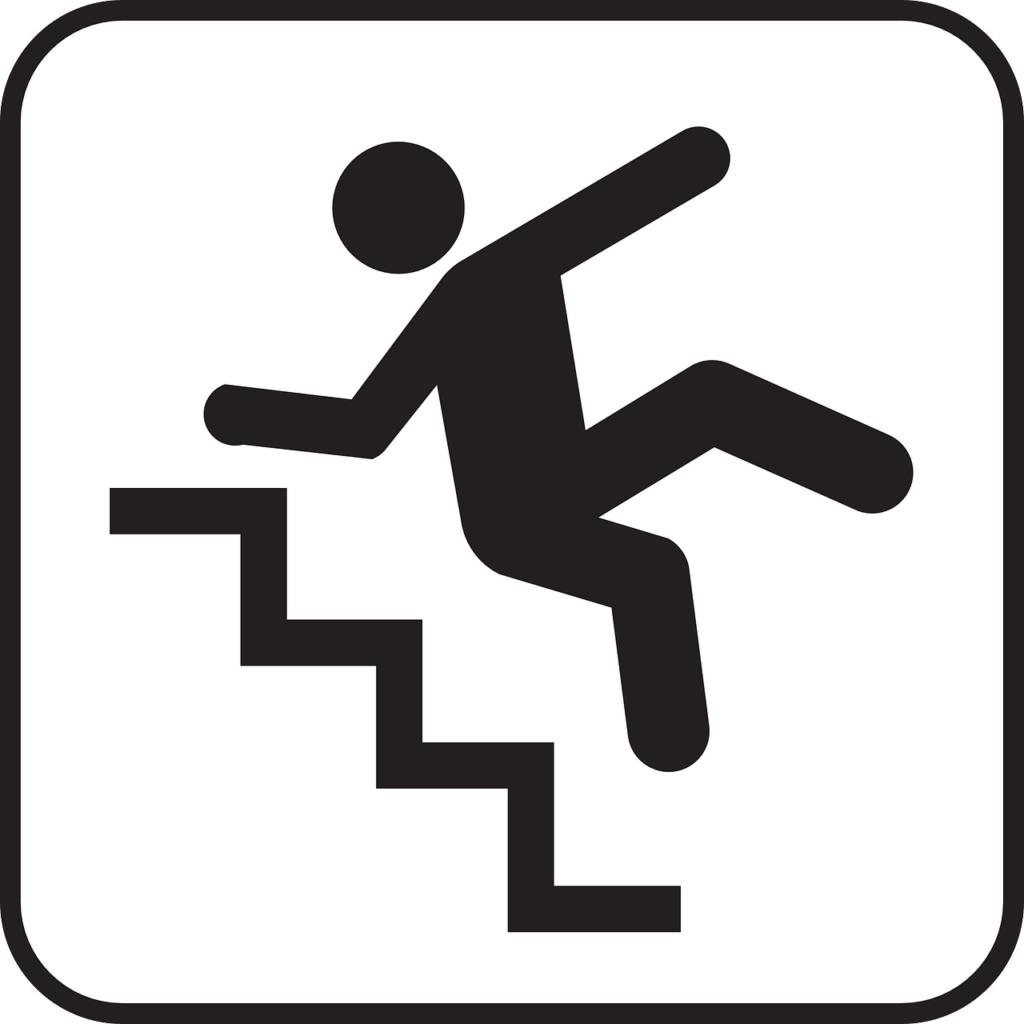What is Parkinson’s Disease

Parkinson’s Disease In Older Adults. Parkinson’s disease (PD) is a neurological disorder that gets worse over time. And it affects movement, balance, and mood. So then, PD is usually thought of as a disease that affects older adults. Consequently, nearly 1 million people in the United States are currently living with PD. Furthermore, most cases are seen in people who are 60 years old or older. However, roughly 5 to 10 percent of all PD cases are diagnosed in people younger than 50.
So what are the symptoms?

Parkinson’s Disease In Older Adults. Here, PD symptoms do not predictably differ according to age. But, everyone experiences PD slightly differently. Also, different people develop different symptoms at different times.
The most common motor symptoms of PD include:
- Tremor at rest, such as a tremor in a finger, hand, or foot
- Rigidity (stiffness) of limbs, neck, or shoulder
- Impaired balance when standing up (postural instability), which can lead to falls
- Slowness of movement or gradual loss of movement (bradykinesia), such as slower walking, decreased blinking, or slower facial expressions
Common non-motor symptoms include:
- Depression
- Memory loss
- Difficulty swallowing (dysphagia)
- Speech issues, such as slurred speech, abnormally long pauses, or hoarseness
- Sleep issues, such as difficulty falling or staying asleep (insomnia), restless legs syndrome, or acting out dreams (REM sleep behavior disorder)
The Symptoms Nobody Talks About
Our 4th Annual Parkinson’s Disease In America survey included a question that asked people to share the lesser-known symptoms they have experienced with their condition.
There were several different symptoms and insights noted by survey respondents. And ranged from fatigue and pain to dry mouth and apathy.
Fatigue is disruptive
Those living with PD say fatigue disrupts daily life and robs them of motivation. Furthermore, some survey respondents named fatigue as the most challenging Parkinson’s symptom to live with. Besides, fatigue gets in the way of completing work and other tasks.
Fatigue can interfere with overall ambition and making plans. Thus, many community members say fatigue exacerbates anxiety, depression, cognitive ability, and other symptoms.
- 71 percent report feeling fatigued in the past month
- 15 percent cite fatigue as the most challenging symptom to live with
- Of those who have fatigue, 50 percent say it interferes with physical functioning
Survey Comment
“When I am fatigued, everything else, i.e., walking, talking, thinking, becomes increasingly difficult.”“I can work through the pain and balance issues. I can deal with constipation, but fatigue makes all of that more difficult and prevents me from doing things that I would like to do, thereby taking away my motivation to do anything.”
Pain can be all-consuming
About half of survey respondents said their pain level has been higher than average in the past month. respondents say pain is difficult to live with because it interferes with exercise and sleep. Singularly, parkinson ’s-related pain can be all-consuming, as some say they cannot get their minds off of the pain.
- 43 percent experienced pain in the past month
- 8 percent named pain as the most difficult symptom to live with
“My pain becomes so intense that I do not know what to do.” “I would prefer death over the pain I encounter some days.”
Sleep issues are a problem
Sleep issues are problematic in the Parkinson’s community. In this case, respondents shared that when they do not sleep well. Here, other PD symptoms like walking, balance, and speech get worse. Hence, some say sleep issues lead to fatigue and lack of motivation.
- 47 percent reported sleep issues within the past month
- 8 percent cited sleep issues/insomnia as the most challenging symptom
“…When I cannot sleep I am exhausted, and when I am exhausted my legs do not want to move.”“Makes every symptom worse when I cannot get sleep.”
Incontinence is embarrassing
Survey respondents with bladder and bowel incontinence say it is challenging to live with and extremely embarrassing. Also, community members say bladder issues interfere with sleep. In addition, some people with bowel incontinence say they are constantly worried about not making it to the bathroom on time.
- 42 percent had bladder issues in the past month
- 15 percent had bowel incontinence in the past month
- 5 percent named bladder problems as the most difficult symptom to live with
“Have to go to the bathroom sometimes 3 or more times in 15 minutes through the day and night.” I wear overnight incontinence pads daily [and] change them 4 to 5 times daily. They tend to leak, and I have frequent accidents. I do not always make it to the bathroom on time.”
Swallowing problems is frustrating
Dysphagia, or difficulty swallowing, and dry mouth can be frustrating to live with. Therefore, those with dysphagia and dry mouth say they can no longer eat and enjoy their favorite foods. others have trouble taking medicines and holding conversations. 24 percent report dysphagia in the past month.
“My mouth goes from excess saliva to very dry mouth. There are certain foods, like bread, that I have trouble swallowing.” “[It is] difficult to swallow medicine and pills, and the feeling that something is stuck in my throat/choking feeling.”
Apathy impacts quality of life
Respondents with apathy say they are not able or willing to do things they want to do. Some say fatigue and apathy have a negative effect on their emotions and overall quality of life. Of those who have fatigue as a symptom, 73 percent say their motivation is lower when fatigued.
“Apathy, loss of executive function, difficult to follow through on something I would really like to do.” “I have a great amount of apathy, which in turn depresses me. Used to have enthusiasm for life, now apathy has changed my life along with the fatigue.”The 4th Annual Parkinson’s Disease In America survey was conducted online from May to August 2020. 1,472 people completed the survey.
Know what the cause is?
Parkinson’s Disease In Older Adults. Researchers are working hard to understand why some people develop PD. So then, some studies suggest that the risk of PD may be increased by environmental factors. And specifically by exposure to certain chemicals. However, they also believe there may be genetic risk factors for PD. Distinct environmental and genetic risk factors may play different roles in different people with PD.
PD affects the brain. There is an area of the brain called the substantia nigra. It holds brain cells (neurons) that create a messenger chemical called dopamine. This dopamine is used to send messages to the basal ganglia, an area of the brain that helps fine-tune movement.
The basal ganglia
So then, the basal ganglia send messages to other areas of the brain that control movement by sending signals to the rest of the body, telling it how and when to move. The basal ganglia are important in helping regulate the movement control centers of the brain.
In PD, the neurons in the substantia nigra are damaged or die. They are not able to produce as much dopamine as they should. Without dopamine, the substantia nigra cannot send messages to the basal ganglia. In turn, the basal ganglia cannot send messages to the movement centers of the brain. This is why people living with PD move slowly and experience tremors.
Why is PD more common in the elderly?
Parkinson’s Disease In Older Adults. As we age, damage to our body builds up very slowly. Also, it can take a long time for us to notice. For example, people who live with osteoarthritis have had small amounts of damage to their joints over and over.
As a young adult, they may not notice any joint issues. However, at some point, the joints build up enough damage that they start to experience pain or stiffness. But this can happen to individual cells too.
The biggest risk factor for PD is age. Here, dopamine-producing neurons can die slowly over time. Therefore, this can build up for years before symptoms of PD are apparent.
How is it treated?

Parkinson’s Disease In Older Adults. There is currently no cure for PD. However, many treatments can help manage both motor and non-motor symptoms. Hence, most treatments focus on increasing the amount of dopamine in the body. Generally, the most common and effective treatment for motor symptoms is carbidopa/levodopa. Above all, levodopa is a chemical the body can directly turn into dopamine. Subsequently, carbidopa is added so more levodopa can get into the brain.
In some people, carbidopa/levodopa does not effectively control PD symptoms. As a result, some other treatments for PD symptoms include:
- Dopamine agonists
- MAO-B inhibitors
- COMT inhibitors
Preventing falls

Parkinson’s Disease In Older Adults. A key element of treating PD in older adults is preventing falls. PD can damage your balance and cause you to move slowly. This can make you more likely to fall. It is important to work with your doctor to find the best drug combination for you to reduce the risk of falls.
Also, it is important to keep your home hazard-free. This includes keeping clutter and wires off of the floor and having good lighting. Handrails in the bathroom and stairs are also very helpful.
If you are concerned about your balance, speak to your doctor. They may be able to prescribe physical therapy to help improve your balance. Reach out to your doctor if you have any questions about your PD symptoms or treatment.
DONATE
Pensioner Fitness Awards
THE BUSINESS CONCEPT, BEST IN BUSINESS AWARDS 2023
1. MOST INSPIRING SENIOR WELLNESS WEBSITE 2023
THE GLOBAL HEALTH AND PHARMA, FITNESS AND NUTRITION AWARDS 2023
2. BEST SENIOR FITNESS AND NUTRITION SPECIALIST 2023
MIDDLE EAST AND AFRICA BUSINESS AWARDS 2023
3. MOST INCLUSIVE FITNESS PROVIDER 2023
In Conclusion
Parkinson’s disease (PD) is a neurological disorder that gets worse over time. However, it usually does not happen until late middle age to early old age. By the way, it affects sufferers in different ways, and there is no cure. But it can be managed, which many do throughout their remaining years
Important Note *
Remember that everyone is different, it is ultimately YOUR RESPONSIBILITY to find what your body responds to. So please do your due diligence before trying anything new, including getting Medical Advice to ensure your safety and peace of mind.
Connect with me and leave a comment or two on my social media…



2 replies on “Parkinson’s Disease In Older Adults”
I have a friend who kept hearing people banging on her door at night. Putting up security cameras, and looking for evidence that someone was there produce no evidence of who was banging. It turned out my friend has Parkinson’s and hallucinations are one of the manifestations for her.
Hi Ann, Thank you for taking the time to comment on this disease, also, I appreciate you adding this effect your friend suffers, it really is a disease that doctors still do not fully understand, research is still going on to find out more about it. All the very best Ian